Medical gloves are a critical component of personal protective equipment (PPE) used in healthcare settings to ensure hygiene and prevent the spread of infections. Here?s a comprehensive description of medical gloves:
Types of Medical Gloves
Latex Gloves
Material: Made from natural rubber latex.
Features: Excellent elasticity, fit, and tactile sensitivity. They offer a high level of protection against pathogens.
Drawbacks: Some people are allergic to latex proteins, which can cause allergic reactions.
Nitrile Gloves
Material: Made from synthetic rubber.
Features: More resistant to punctures and chemicals than latex gloves. They offer good protection against bacteria and viruses.
Drawbacks: Can be less flexible than latex gloves but generally provide good fit and dexterity.
Vinyl Gloves
Material: Made from polyvinyl chloride (PVC).
Features: Less expensive and less durable than latex or nitrile gloves. Suitable for low-risk tasks.
Drawbacks: Offer less protection against chemicals and may tear more easily.
Neoprene Gloves
Material: Made from synthetic rubber.
Features: Provide good chemical resistance and flexibility.
Drawbacks: Generally more expensive than nitrile or latex gloves.
Hybrid Gloves
Material: Made from a combination of different materials, like nitrile with a latex coating.
Features: Aim to combine the strengths of different materials for enhanced protection and comfort.
Key Features
Size and Fit
Medical gloves come in various sizes (small, medium, large, etc.) to fit different hand sizes. A proper fit is crucial for effective protection and dexterity.
Texture and Grip
Many gloves have textured surfaces on the fingers or palms to improve grip and handling of medical instruments.
Sterility
Sterile Gloves: Packaged in a sterile environment for use in procedures that require a sterile field.
Non-Sterile Gloves: Used for general tasks or in non-sterile environments.
Thickness
Gloves vary in thickness, with thinner gloves providing more sensitivity and thicker gloves offering more protection.
Powdered vs. Powder-Free
Powdered Gloves: Coated with cornstarch powder to make them easier to put on, but the powder can cause irritation or contamination.
Powder-Free Gloves: Treated to prevent stickiness, suitable for sterile procedures.
Usage and Purpose
Protection:
Medical gloves protect both healthcare providers and patients from exposure to bodily fluids, pathogens, and contaminants.
Infection Control:
They help prevent the transmission of infections between patients and medical professionals.
Barrier Function:
Gloves act as a barrier to prevent direct contact with blood, chemicals, and other potentially harmful substances.
Choosing the Right Gloves
Procedure Type:
For invasive procedures or where sterility is required, use sterile gloves. For non-invasive tasks, non-sterile gloves are often sufficient.
Allergies:
If a latex allergy is a concern, opt for nitrile, vinyl, or neoprene gloves.
Chemical Exposure:
Choose gloves made from materials resistant to specific chemicals if there is potential exposure.
Examples of Medical Gloves
Nitrile Exam Gloves: Commonly used for general medical examinations and procedures.
Sterile Latex Surgical Gloves: Used in surgical procedures requiring a sterile environment.
Vinyl Examination Gloves: Often used for routine, low-risk procedures

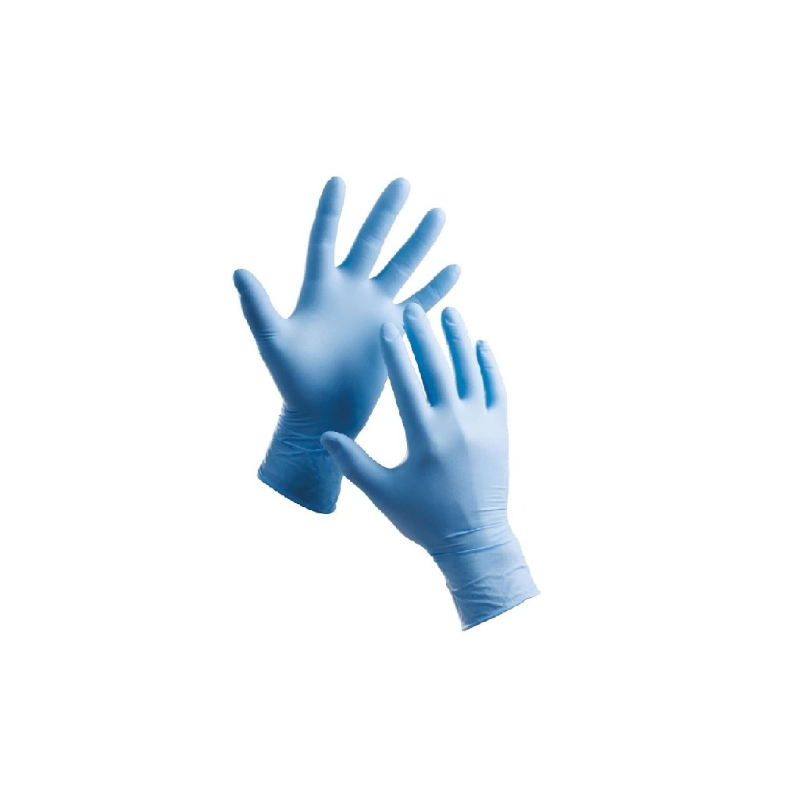
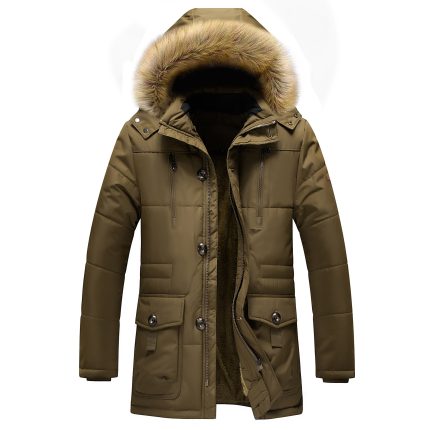
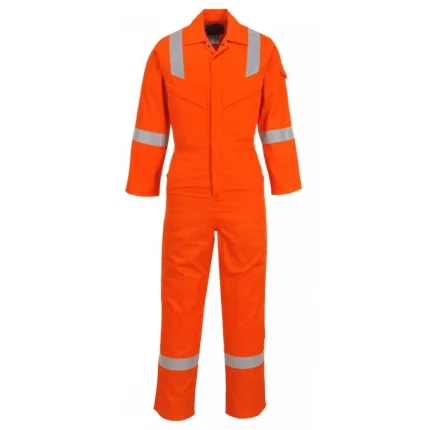

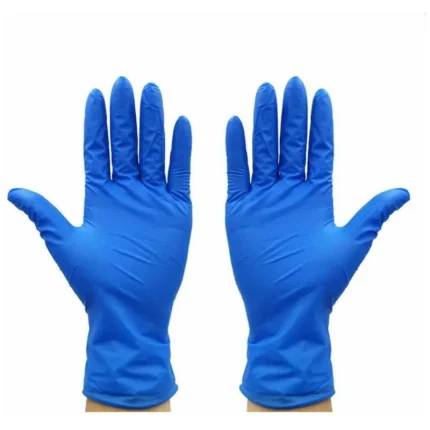

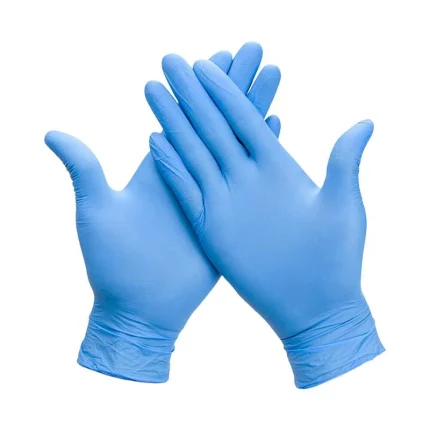
Reviews
There are no reviews yet.